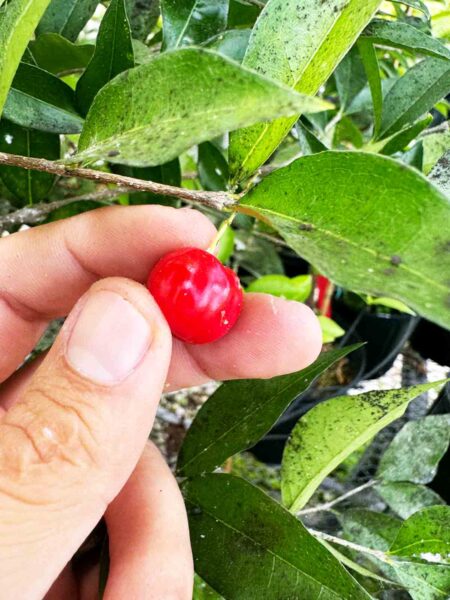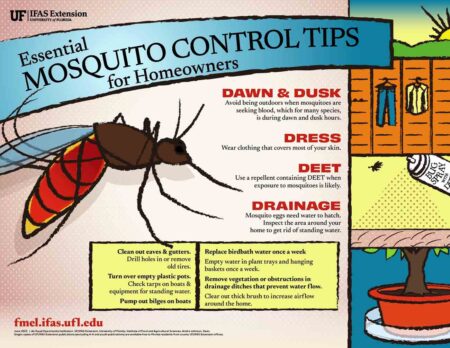Burweed seeds germinate in fall. The low growing weeds resemble miniature parsley plants and remain small and inconspicuous during winter. During late winter and early spring, this often unnoticed weed begins to rapidly grow in width, forming spine-tipped burs in its leaf axils.
NICEVILLE, Fla — Questions concerning a sticker weed in lawns continues. One example was a phone call from a lady who recently moved to our area from a northern state. She noticed her dog having problems walking through an area in her lawn, it appeared that something was hurting the dog. Upon investigating the area, she found a weed growing flat to the ground with stickers that hurt to the touch.
The weed is lawn burweed. This is a winter annual or cool-season weed that I’ve written about in the past. The lady wanted to know how to control this weed. I explained to her that attempting to control this weed now (late April) was not going to accomplish much. And then I explained the cycle of life for this winter annual weed.
Burweed seeds germinate in fall. The low growing weeds resemble miniature parsley plants and remain small and inconspicuous during winter. During late winter and early spring, this often unnoticed weed begins to rapidly grow in width, forming spine-tipped burs in its leaf axils.
These sharp, spiny burs hurt. Burweeds can make a lawn area useless until the weeds die and decompose during late spring or early summer, based on when temperatures become warm enough to kill the plants. During cool, moist springs, burweeds persist longer.
Once burs form, the plant is in a reproductive stage producing seeds. Treating the weeds at this time does not do away with the stickers. Killing burweed after it has the painful burs can make matters worse, resulting in the burs becoming stiffer.
Burweed can be controlled easily during winter months before spiny burs become a problem and before seeds are produced. But if you wait, you’ll have to put up with the pain and inconvenience until the burs wither away, which may not be until sometime during May or June. This can become an endless and unnecessary cycle. Controlling burweed before the burs develop is key to breaking this cycle and eliminating the weed.
December through early February is the time to apply an herbicide to control burweed. A few lawn herbicides to look for are those that contain atrazine, imazaquin or 2,4-D. Centipedegrass, St. Augustinegrass and zoysiagrass have good tolerance to atrazine. Although labeled for use on most of our permanent lawn species, 2,4-D herbicides can injure centipedegrass and St. Augustinegrass, especially during periods of hot weather. Use lower rates of 2,4-D herbicides on centipede and St. Augustine lawns.
Always follow label instructions and precautions when using any pesticide, including herbicides!
Timing is key to controlling lawn burweed.
Larry Williams is the Extension horticulture agent with the Okaloosa County Cooperative Extension Service, University of Florida. Contact Larry at 689-5850 or email lwilliams@myokaloosa.com.






